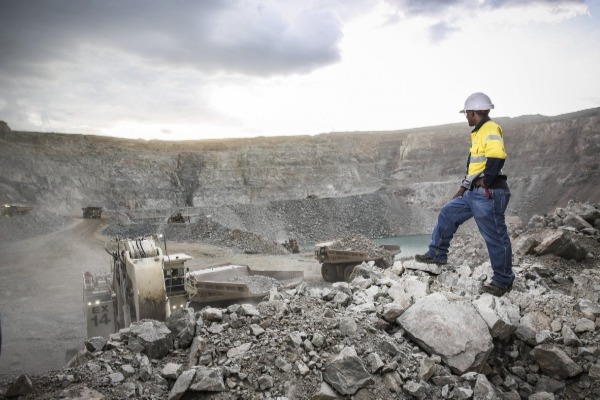Nust works to curb energy infrastructure vandalism
THE National University of Science and Technology (Nust) through the Innovation Hub, is working on technology driven solutions to curb vandalism and theft of critical energy infrastructure.
The country has witnessed massive improvements in energy generation but supply to consumers, both domestic and commercial is being disrupted by incessant power blackouts due to rampant theft and vandalism of electricity infrastructure.
The Government has invested millions of dollars in developing new energy generation and transmission infrastructure in the last five years but the major setback is vandalism.
Zimbabwe is now energy secure following the recent commissioning of the US$1,5 billion Hwange Thermal Power Station Units 7 and 8 Expansion project, which has injected an additional 600MW to the national grid.
This effort is however being weighed down by continued vandalism and theft of energy infrastructure according to the Zimbabwe Electricity Transmission and Distribution Company (ZETDC).
Nust is therefore working on a number of innovations meant to curb vandalism as it complements Government efforts to ensure total electrification of Zimbabwe.
In a speech read on his behalf by Nust Innovation and Business Development Pro Vice Chancellor Dr William Goriwondo during the Total Electrification Programme on Monday in Bulawayo, Nust Vice Chancellor Professor Mqhele Dlodlo said the institution is playing its part in curbing electricity infrastructure vandalism.
“Nust through the Innovation Hub, is working on a number of innovations to support Government’s efforts to achieve total electrification. Such projects include the real time global positioning system (GPS) based distribution power transformer fault detection system with artificial intelligence aided predictive maintenance and power cable theft protection,” said Prof Dlodlo.
He urged Zesa to partner the university in these innovations that will go a long way in ensuring reliable and quality energy supply.
Last year Nust signed a Memorandum of Understanding which was later upgraded to a Memorandum of Agreement whereby Zesa and Nust work together to train Zesa staff under the Total Electrification Programme.
The collaboration has seen 836 workers being trained in installing solar energy systems.
Prof Dlodlo said going forward, the partnership with Zesa will see them training solar installers in schools, clinics and rural areas, develop a Pay As You Go system that will enable disconnection of defaulters and also develop an anti vandalism system.
Many entities are losing a lot of resources replacing vandalised infrastructure.
The power utility, Zesa, telecommunication companies, National Railways of Zimbabwe, among others, have been under siege from criminals vandalising their infrastructure and equipment resulting in them spending millions of dollars annually to replace the vandalised infrastructure.
Through the Ministry of Higher and Tertiary Education, Innovation, Science and Technology Development, the Government adopted the heritage based Education 5.0 model, which replaced Education 3.0.
Under Education 5.0, institutions of higher and tertiary education are expected to champion teaching, research, community services, innovation and industrialisation, a major shift from Education 3.0, which was only limited to teaching, research and community services.
The policy shift was meant to address concerns from industry among other sectors who felt the higher and tertiary sector was producing graduates who did not meet industry expectations.
Since the adoption of Education 5.0, local universities and polytechnics have become centres of innovative business ideas. —chronicle











